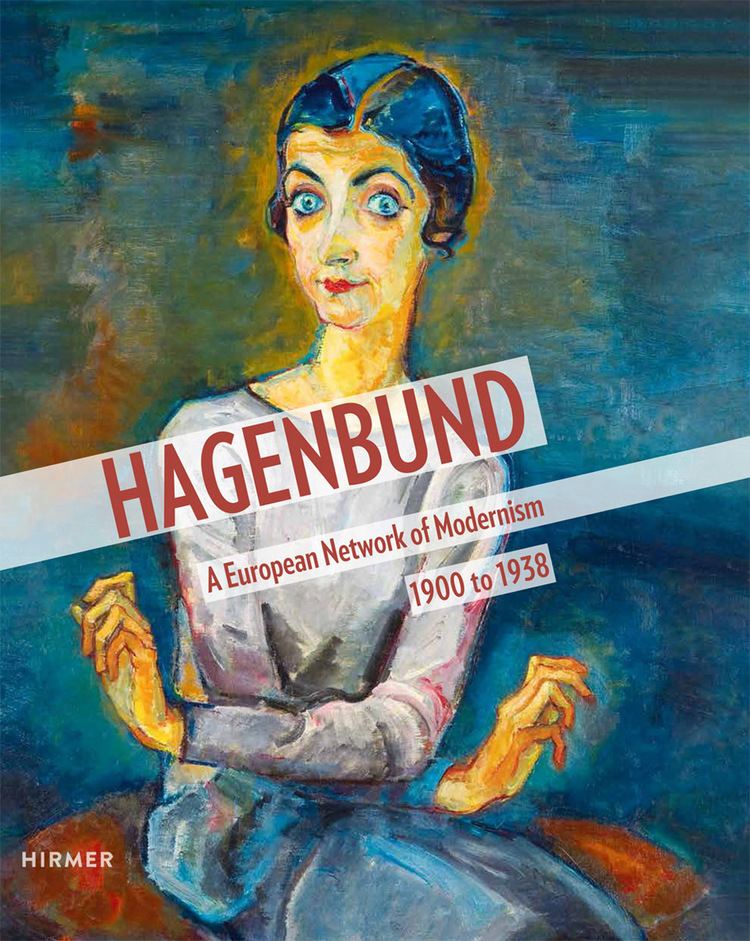 | ||
The Hagenbund or Künstlerbund Hagen was a group of Austrian artists that formed in 1899. The group's name derived from the name Herr Hagen, the proprietor of an inn in Vienna which they frequented.
Contents
- Early History
- After World War I
- The Dissolution of the Hagenbund in 1938
- Members and Guest Members of the Hagenbund
- References
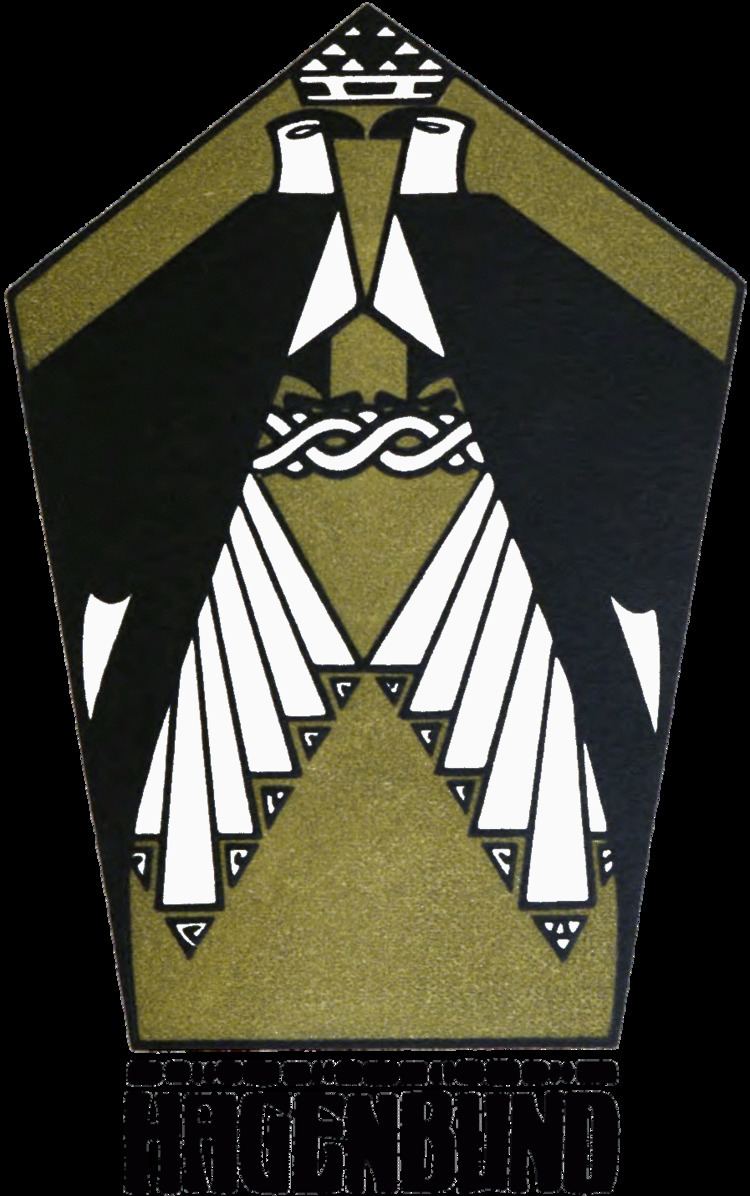
Early History
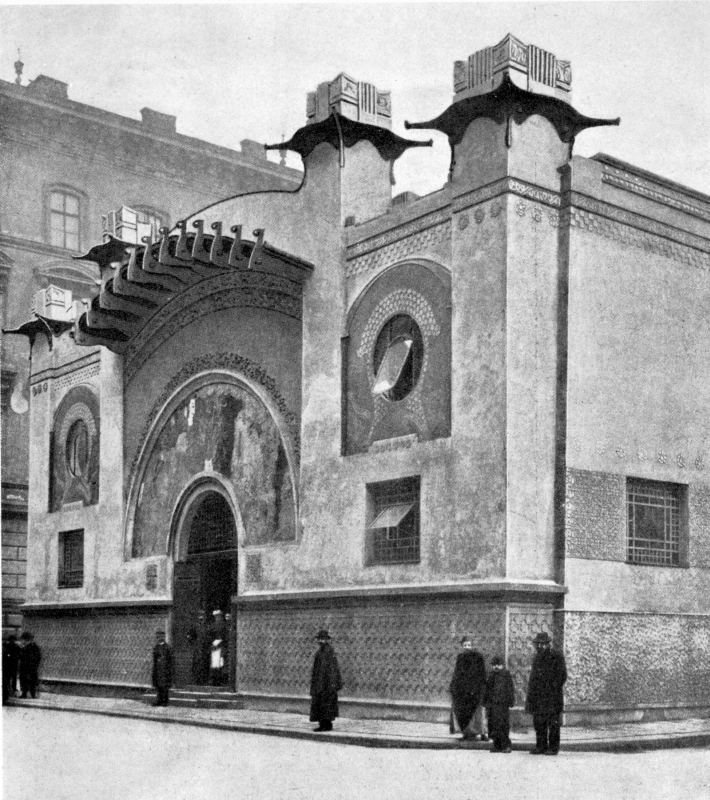
The group's most prominent members early on were Heinrich Lefler and Joseph Urban, who had originally worked and exhibited within the conservative Vienna Künstlerhaus, but now, like the Vienna Secession, rebelled against the establishment and formed their own organization.
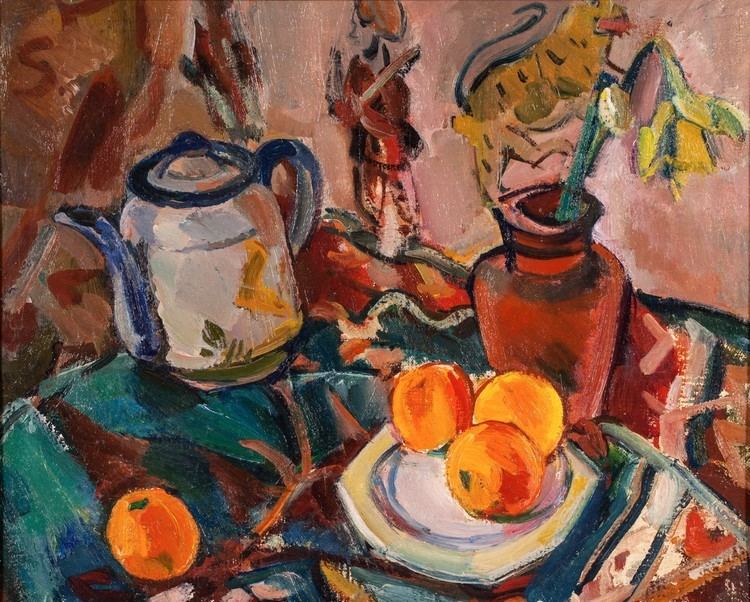
The Hagenbund operated for almost a decade in the shadow of the popular and successful Secession, and only in the years that followed the damaging resignation of the Klimt Group from the Secession did its members succeed in developing a more moderate, independent line, in which atmosphere played a major role.
After World War I

After 1918, the formal language of the Hagenbund came to dominate artistic activity in Vienna, and in the 1920s it provided the most important focus for new artistic currents. Among its members during this period were Theodore Fried, Oskar Laske, Anton Hanak, Carry Hauser, Georg Mayer-Marton, George Merkel, Sergius Pauser, Fritz Schwarz-Waldegg, Otto Rudolf Schatz, Albin Egger-Lienz and Oskar Kokoschka.
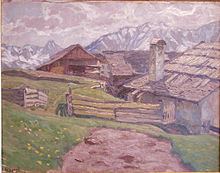
They disassociated themselves from both the Secession and Expressionism on essential questions of aesthetics. They may have approved of the Expressionists’ search for realism, but the expressive formal solutions they found conflicted with the Hagenbund’s own artistic objectives.
The Dissolution of the Hagenbund in 1938
In March 1938, a few days after the Anschluss of Austria into the German Reich, the administration of both the Hagenbund and the Secession were brought into in to line with the thinking of the Nazi party by existing members of the respective organisation. In the case of the Hagenbund the leading figure was Leopold Blauensteiner and the art of the Hagenbund was described as Verfalstkunst or decadent art. Many of the Jewish members of the Hagenbund were to flee from Austria at this point and the assets of the Hagenbund were re-allocated to the Association of Visual Artists. It was declared defunct on the 29th September 1938.
Members and Guest Members of the Hagenbund
This listing is taken from Chrastek. About 250 artists, architects and interior and graphic designers are listed, but as the Nazis destroyed the archives of the Hagenbund in September 1939, the listing has had to be reconstructed and may be incomplete. In addition just under 1,300 guest artists exhibited at Hagenbund exhibitions. These included Edgar Degas, Josef Dobrowsky, Raoul Dufy, Lyonel Feininger, Gerhart Frankl, Sebastian Isepp, Oskar Kokoschka, Jacques Lipchitz, Adolf Loos, Henri Matisse, Edvard Munch, Emil Nolde, Max Pechstein, Pablo Picasso, Auguste Renoir, Auguste Rodin, and Ferdinand Georg Waldmuller
